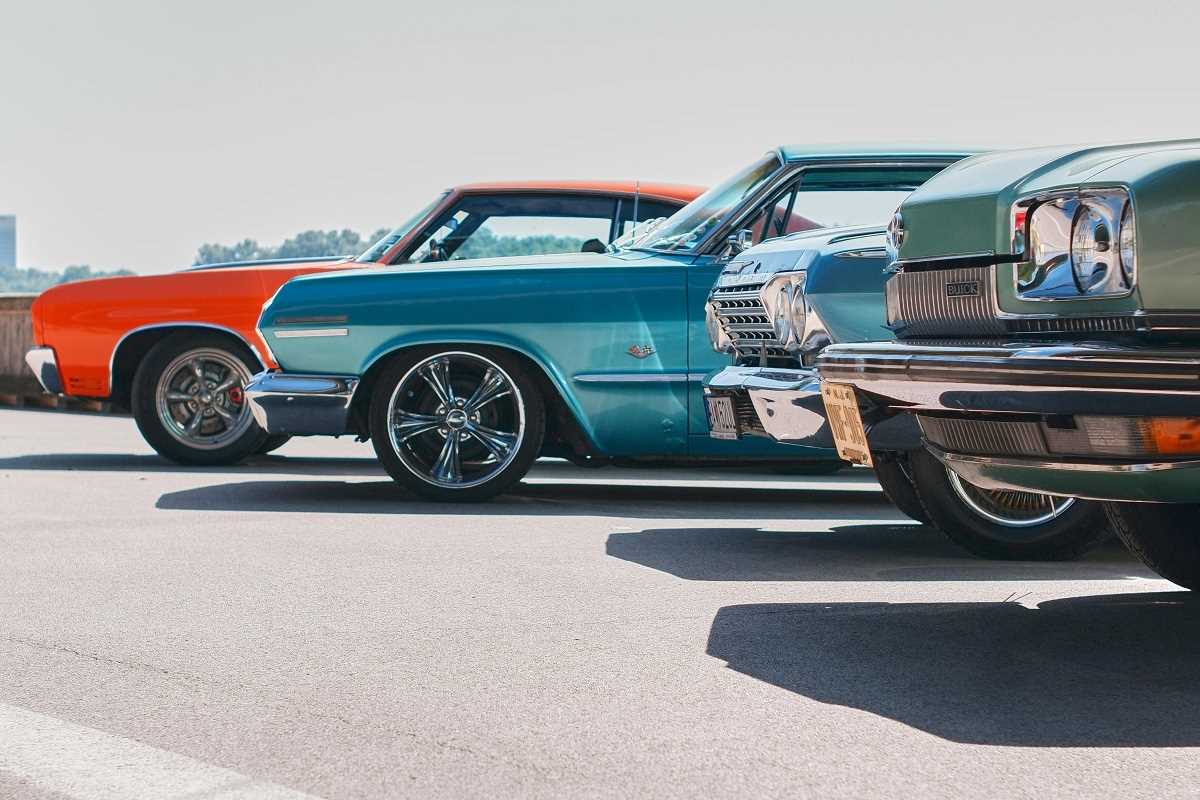Car insurance rates across the United States differ significantly due to a variety of factors, including geography, demographics, state regulations, and driving risks. On a national level, the average annual premium for full coverage car insurance currently stands at $2,314, but state averages range from as low as $1,065 to as high as $4,323. These differences show how local circumstances and policies directly affect car insurance costs for drivers.
The Most Expensive States for Car Insurance
Certain states consistently rank among the costliest for car insurance due to a combination of factors such as high accident rates, extreme weather, and state-specific requirements. According to recent data, Louisiana leads the list of the most expensive states, with an average annual cost of $2,883 for full coverage. Factors contributing to Louisiana's rates include a high percentage of uninsured drivers and frequent natural disasters like hurricanes. High repair costs associated with weather-related claims also drive premiums upward.
Florida follows closely at $2,694 annually. Known as part of "hurricane alley," Florida experiences significant storm damage, particularly from flooding and hail, which leads to costly claims and higher insurance rates. The state also suffers from a large population of uninsured drivers, exceeding 20%, which forces insurers to increase premiums to cover the higher risk of claims in uninsured driver accidents.
California, with average premiums of $2,416, ranks third on the list. Urban congestion in cities like Los Angeles and San Francisco contributes to high accident rates, which in turn inflate insurance costs. Furthermore, California's unique regulatory environment, where insurers cannot use credit scores to determine rates, has resulted in other factors, such as driving history and vehicle type, being weighed more heavily, which can push some premiums higher.
Other expensive states for car insurance include Colorado ($2,337 annually), where poor road conditions and risky driving habits play a role, and Michigan, where higher personal injury coverage requirements lead to average premiums of $2,266.
The Least Expensive States for Car Insurance
On the other end of the spectrum, states like Vermont, Maine, and New Hampshire boast the lowest car insurance costs, primarily due to their smaller populations and reduced risk factors. Vermont holds the title for the cheapest car insurance, with an average annual premium of $1,065. The state's rural nature significantly reduces accident rates, and its low population density limits the frequency of claims. Maine and New Hampshire also benefit from low-density living and fewer high-cost claims, with average premiums sitting at $1,175 and $1,265, respectively.
Ohio is another state with affordable rates, where full coverage car insurance costs an average of $1,417 per year. The state's mix of rural and suburban areas and strong highway safety measures contribute to its low rates. Similarly, drivers in Idaho pay an average of $1,428 annually, owing to mild weather and relatively few natural disaster claims.
Factors Influencing Car Insurance Rates by State
- Population Density and Urbanization
- States with large, densely populated cities typically see higher rates of accidents, theft, and vandalism, leading to increased premiums. For example, New York has an average full coverage premium of $3,484, partly due to high traffic congestion and a significant number of claims in urban areas like Manhattan.
- Conversely, states with sparse populations, such as Wyoming ($1,841 annually), often report fewer accidents and lower theft rates, keeping premiums low.
- Weather Patterns
- Weather plays a significant role in determining insurance rates. States prone to hurricanes, hail, and flooding generally face higher premiums because of the increased likelihood of comprehensive claims. Florida and Louisiana are prime examples, experiencing economic losses from natural disasters that directly impact insurance markets.
- On the other end, states like Oregon ($2,198 annually) enjoy relatively mild weather, which helps maintain more affordable insurance rates.
- State Regulations
- Insurance laws and minimum coverage requirements vary widely between states, influencing costs significantly. Michigan, for instance, enforces no-fault insurance laws. Under this system, drivers are required to carry higher levels of personal injury protection (PIP), which can substantially increase premiums. Similarly, Delaware and New York mandate high minimum coverage levels, driving up costs for basic insurance.
- By contrast, New Hampshire does not legally mandate car insurance for residents, although drivers are still required to prove they can financially cover accident costs. This unique setup contributes to the state's lower average premiums.
- Uninsured Drivers
- States with a high percentage of uninsured or underinsured drivers often have higher insurance rates, as insurers factor in the risk of covering claims involving uninsured motorists. Mississippi, for example, has the highest rate of uninsured drivers in the country, at 29%, which contributes to its above-average premiums of $2,345 per year.
- Claims History and Accident Rates
- Historical claims data strongly influences rates in each state. Drivers in states like California and Texas encounter elevated premiums because these regions often report a high volume of accidents and claims. Texas ($2,775 annually) not only has issues with congestion in major metropolitan areas but also experiences more fatal crashes than most states due to its extensive highway network.
- Cost of Repairs and Labor
- The average cost of vehicle repairs and labor in a particular state also plays a role in shaping premiums. Maryland, the most expensive state for car insurance in 2025 with an average annual cost of $4,323, sees inflated rates partly because of its higher labor costs and more frequent vehicle replacement claims.
- Fraud and Litigation
- Insurance fraud and litigation practices can drive premiums higher in many states. Florida, for instance, struggles with widespread fraudulent insurance claims, particularly related to storm-related damages, which insurers pass on to drivers in the form of higher costs.
Why Insurance Costs Fluctuate Between States
State-specific conditions create significant disparities in insurance rates. For instance, incidents like weather-related damage are more likely to affect premiums in coastal states, while low-crime areas in the Midwest often enjoy cheaper insurance. Additionally, states that enforce stricter safety regulations and crackdown on fraud may see their average premiums stabilize or decline over time.
The level of competition in a state’s insurance market can also influence rates. States with numerous active insurers, like Wisconsin ($2,113 annually), often have more competitive pricing.
Notable Trends in Car Insurance Costs
Car insurance premiums have risen notably in recent years due to inflation, escalating repair costs, and a growing number of severe weather events. On average, premiums across the nation increased by 7% between 2024 and 2025, with some states seeing even sharper jumps. South Dakota, for example, experienced a dramatic 47% increase over the last two years, largely driven by rising accident rates and inflation in repair costs.
Meanwhile, some states have shown stability or even slight decreases in rates. Maine, for instance, saw only a modest 7% increase, thanks to strong competition between carriers and consistently low accident claims.
Using these variations as a guide, drivers should consider reviewing how their state’s unique circumstances affect their car insurance costs and explore ways to save, such as bundling policies or seeking discounts for safe driving.
 (Image via
(Image via





